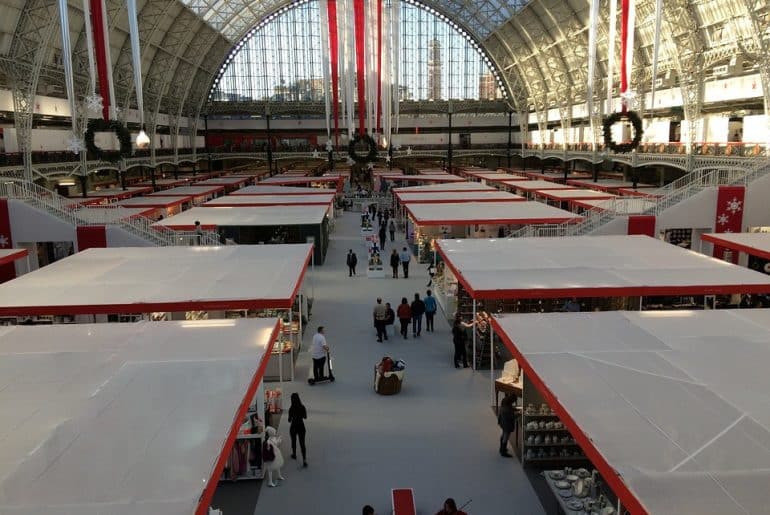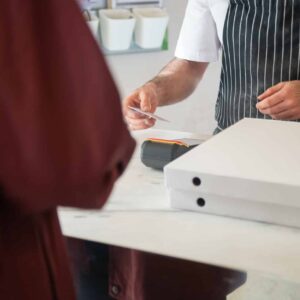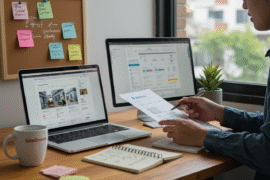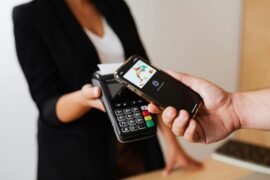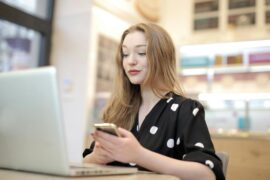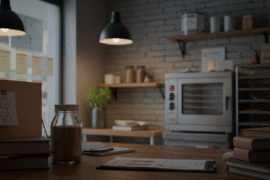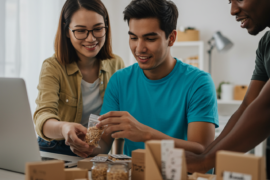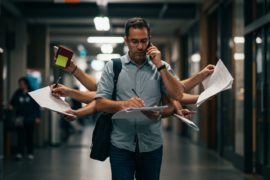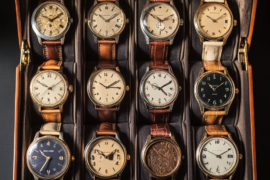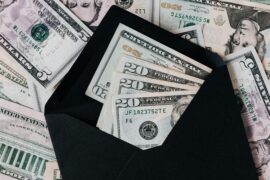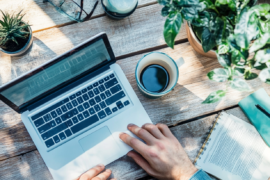This article may contain references to products or services from one or more of our advertisers or partners. We may receive compensation when you click on links to those products or services. Nonetheless, our opinions are our own.

Updated by Albert Fang
Trade Shows are among the best marketing tools any business can ask for. Post-pandemic, around 60% of businesses plan to attend more trade shows from now on. But how do you pick the best trad show exhibit for your business?
It would help to consider many things when deciding on the best trade show exhibits for your business.
You will want to ensure that the exhibit is large enough for your products or services and looks professional. There are also several other factors that you should take into account when selecting custom trade show exhibits. This post will discuss some of the top factors you should consider before choosing the right display for your next event.
Choosing a Trade Show Exhibitor
Choosing the right custom trade show exhibit company is an important decision. When looking for a trade show exhibitor, look for experienced companies in your industry. When you do so, you will be able to feel confident that they know what they are doing and will be able to deliver a quality product. A good reputation is also essential to consider when choosing an exhibitor. You want a company that has been around for a while and can provide references if needed.
When researching the options available, ask the company about their experience with other companies in your industry or similar industries. It is essential to ensure that they have worked with similar businesses before so they can better understand your needs and how best to meet them while also making sure they have all of the necessary equipment and supplies available as well as having enough staff members on hand during set up & break down times.
Understanding Your Goals
When it comes to selecting custom trade show exhibits, you need to be clear on what your goals are. Understanding the purpose of your exhibit is key. Is this a product launch? Are you trying to reach a specific audience? Do you want attendees to learn something new or do something for them after they leave the event? Consider these questions when determining what type of booth will work best for your business.
Once you’ve answered those questions and have chosen an overall design direction, it’s time to think about how you will implement that design in real life. This step helps ensure that all elements, including graphics, display materials, and graphic panels, work together seamlessly before things get too far in the production stages.
Selecting the Right Location
The location of your exhibit is an important consideration. The best spot for you to set up shop allows you to reach your target audience while not being in an area where too many other companies are exhibiting.
Sometimes, this may not be easy because there are only a few options, and they all happen to be taken by other exhibitors with similar products or services as yours. If this is the case, consider asking if another company with similar offerings would be interested in switching spots so that you can both reach more people at your respective booths.
If possible (and affordable), consider placing yourself next door or across from your competitors. It will help encourage attendees who have already visited their booths throughout an event to visit yours as well, giving them more opportunities for sales.
Designing Your Exhibit Layout
Now that you’ve settled on representing your brand through a custom trade show exhibit, it’s time to start creating the layout. Exhibiting at a trade show can be overwhelming for even the most experienced companies.
As you start designing the physical structure of your exhibition booth, don’t forget to include wall space in your layout. It is one of the most common mistakes made by first-time exhibitors. Leave enough room for people to move around and interact with each other throughout your display.
Budgeting for Your Custom Exhibit
Once you have a better idea of your custom exhibit, it’s time to start planning how much it will cost. Before you can do that, make sure you’re clear on your budget for the project. It’s best to set aside a specific amount for each phase of the design process:
- Design and development (the first stage)
- Fabrication (the second stage)
- Installation and delivery (the third stage)
As you go through the design process, remember that not all exhibitors are made equal. Some may be more expensive than others. You’ll also want to factor in shipping costs if any elements of your display need to travel between locations or across state lines. And remember, exhibit fabrication is not cheap. If you choose modular systems or multiple pieces instead of one large structure, expect prices per square foot to increase dramatically.
Creating the Key Elements of Your Exhibit
According to data, 73% of event marketers believe hybrid events are the future. It would help if you kept this in mind while deciding on critical elements of your exhibit. It’s essential to remember that the vital aspects of your exhibit will make it stand out. They should be clear and concise, as well as visually appealing. For example, suppose you’re a health care company that offers products related to arthritis and its symptoms. In that case, it makes sense for you to include images of hands with arthritic pain (i.e., swelling) on them alongside graphics highlighting how your products can help.
Think about what makes your company unique and ensure that these characteristics are conveyed in each display element. You might also consider including a quote from an influential person who has used one of your products or services. It can help tie everything together into one cohesive brand message that reinforces why people should remember you after they’ve left the show floor.
Custom Trade Show Exhibits Are More Effective Than Stock Exhibits
Stock trade show exhibits are generic and don’t speak to your audience. Stock displays are a dime a dozen, which means that other exhibitors are using the same stock exhibit as you, making it less effective for your brand and less memorable for attendees. Custom displays allow you to brand your company in an unforgettable way that speaks directly to your target audience, giving them an experience they won’t forget.
Custom trade show exhibits are more effective than stock shows because they’re designed specifically for your company and specific needs. Therefore, you can use them again and again without needing any new materials or graphics every time. It reduces both time spent on design and money spent on materials by creating a product that can be reused over time.
Conclusion
According to UFI, the global exhibition industry went down by 68% in 2021 because of the pandemic, but things are now looking up, and businesses must consider custom exhibits.
Custom trade show exhibits are more effective than stock exhibits. They’re designed to be interactive, engaging, and memorable. They can help you reach your audience, build relationships and drive sales.
But before you rush out and order one, it’s essential to consider all the factors that go into creating a compelling exhibit, the type of trade show (or event), budgeting for materials, designing layout plans, and choosing a company with experience in making custom displays.

Reviewed and edited by Albert Fang.
See a typo or want to suggest an edit/revision to the content? Use the contact us form to provide feedback.
At FangWallet, we value editorial integrity and open collaboration in curating quality content for readers to enjoy. Much appreciated for the assist.
Did you like our article and find it insightful? We encourage sharing the article link with family and friends to benefit as well - better yet, sharing on social media. Thank you for the support! 🍉
Article Title: Top Factors to Consider When Selecting Custom Trade Show Exhibits
https://fangwallet.com/2022/10/06/top-factors-to-consider-when-selecting-custom-trade-show-exhibits/The FangWallet Promise
FangWallet is an editorially independent resource - founded on breaking down challenging financial concepts for anyone to understand since 2014. While we adhere to editorial integrity, note that this post may contain references to products from our partners.
The FangWallet promise is always to have your best interest in mind and be transparent and honest about the financial picture.
Become an Insider

Subscribe to get a free daily budget planner printable to help get your money on track!
Make passive money the right way. No spam.
Editorial Disclaimer: The editorial content on this page is not provided by any of the companies mentioned. The opinions expressed here are the author's alone.
The content of this website is for informational purposes only and does not represent investment advice, or an offer or solicitation to buy or sell any security, investment, or product. Investors are encouraged to do their own due diligence, and, if necessary, consult professional advising before making any investment decisions. Investing involves a high degree of risk, and financial losses may occur including the potential loss of principal.
Source Citation References:
+ Inspo
